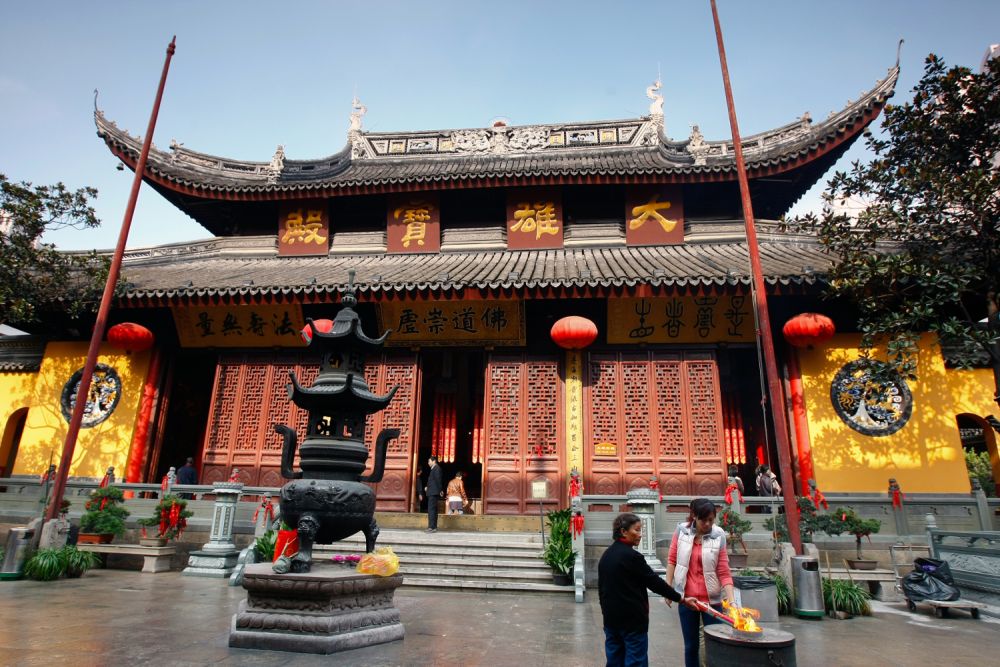

The Jade Buddha Temple, located in the bustling city of Shanghai, China, is an oasis of calm and spiritual solace amidst the urban sprawl. With a rich history that dates back to the late Qing Dynasty, it has been a significant destination for both pilgrims and tourists for well over a century.
Originally founded in 1882 to house two exquisite jade Buddha statues brought from Burma by a Chinese monk named Huigen, the temple became an instant draw for worshippers and admirers. Though the structure was initially modest, the allure of the Jade statues – one representing the seated Buddha and the other, a smaller reclining figure symbolizing the Buddha's death – was magnetic.
The temple's fortunes fluctuated over the decades, with the original buildings largely being demolished during the revolution that swept through China in 1911. However, the temple's significance persisted, and a more solid structure to house the precious statues was constructed in 1928, which is the basis for the complex seen by visitors today. The new Jade Buddha Temple boasted traditional Song dynasty architecture, giving it both a sense of continuity with the past and a durable physical presence.
In the following years, Shanghai's relentless development paradoxically helped preserve the temple. As skyscrapers rose, the Jade Buddha Temple became one of the rare spots where visitors could connect with traditional Chinese culture. Its reputation grew steadily, and by the time China’s doors opened wider to international tourism in the 1970s and 1980s, the temple was well-positioned to become a world-renowned tourist spot.
The temple's unique history, coupled with its stunning iconography and tranquil gardens, provided an irresistible combination. Tourists flock to the temple not just to gaze upon the jade marvels, but also to experience a slice of spiritual life in Shanghai, witnessing the daily prayers and ceremonies that continue to thrive within its halls.
In recent years, sustainable and experiential tourism trends have influenced how visitors engage with the Jade Buddha Temple. Tourists are increasingly seeking authentic cultural experiences, and the temple's administration has responded by allowing greater access to ceremonies, offering meditation sessions, and facilitating discussions on Buddhism's place in modern society. Buddhist festivals and events at the temple have become particularly sought after, providing a glimpse into living religious traditions for both domestic and international visitors. Moreover, the temple has embraced digital innovation, finding new ways to connect with potential tourists through virtual tours and online cultural exchanges.
Despite the ebb and flow of time, the Jade Buddha Temple has retained its enchanting appeal. Beyond being merely a relic of the past, it continues to be a vibrant centre for Buddhist worship. For the history-seeking traveler or the spiritually curious, the temple remains a jewel in Shanghai's cultural crown, offering peace and perspective amidst the shuffle of city life.
As tourism evolves, the Jade Buddha Temple moves with the times while maintaining its core values and tradition, ensuring that it will continue to be a cherished destination for generations to come.